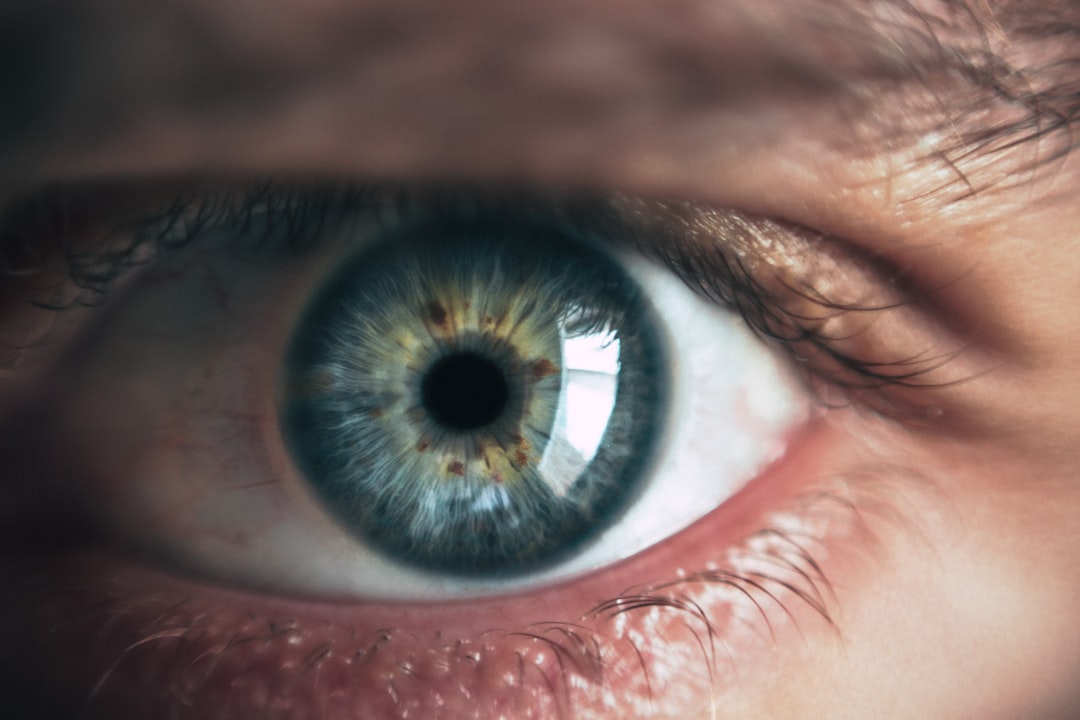What is it about?
Psychopathy is associated with a wide range of legal, financial, and social costs on society. Difficulty recognizing and identifying emotions is considered by many to be a core feature of psychopathy, but there is little agreement on what these difficulties actually look like. We examined the role of response time in the relationship between psychopathic traits and the ability to identify emotional expressions as one possible factor impacting this complicated relationship. Specifically, we looked to see if taking longer to answer increased accuracy in identifying sad and fearful faces for inmates with high levels of psychopathy.
Featured Image

Photo by Ilona Panych on Unsplash
Why is it important?
Our findings suggest that, though response time may play a small role in the relationship between psychopathy and the ability to identify emotional expressions, it does not appear to play a central role. The current findings are not well explained by any current theoretical perspective on emotion recognition in psychopathy. The pattern of findings indicate that our current understanding of how psychopathy impacts the ability to identify emotional expressions is still incomplete and highlights the need for further investigation.
Perspectives
I really enjoyed being able to work on this project and consider the relationship between psychopathy and the ability to identify emotions in a way that hadn't really been examined in much detail before. I hope that people will continue to bring new perspectives to this question and try and clarify this relationship and what it means for psychopathy as a whole.
Reid Faith
Rosalind Franklin University of Medicine and Science
Read the Original
This page is a summary of: Examining the association between speed–accuracy trade-offs and psychopathy among male offenders in a facial affect recognition task., Personality Disorders Theory Research and Treatment, April 2022, American Psychological Association (APA),
DOI: 10.1037/per0000570.
You can read the full text:
Contributors
The following have contributed to this page










